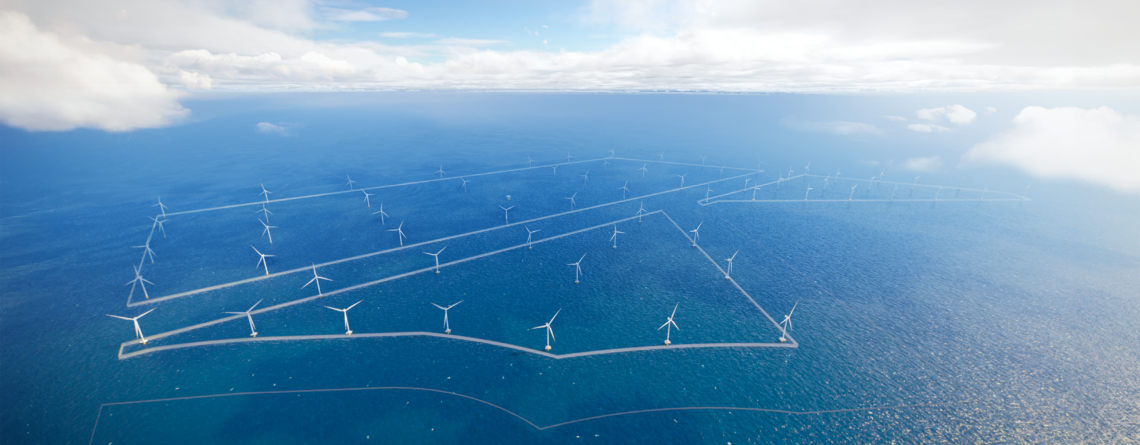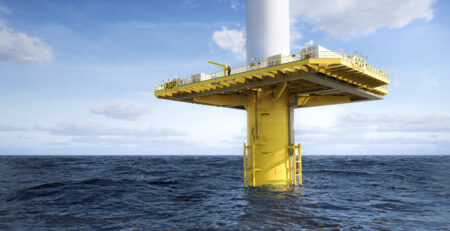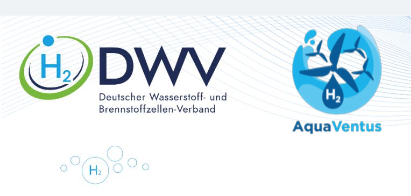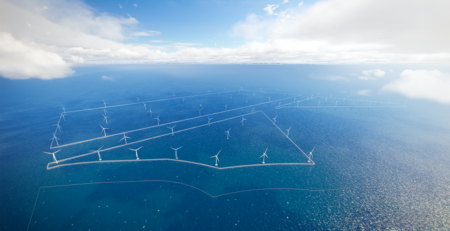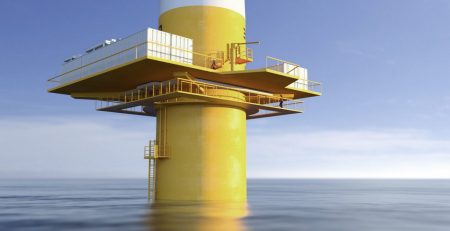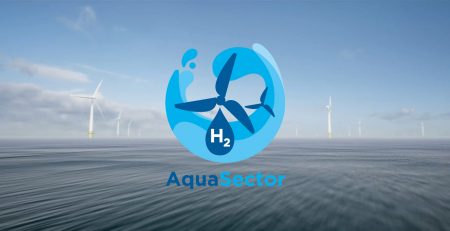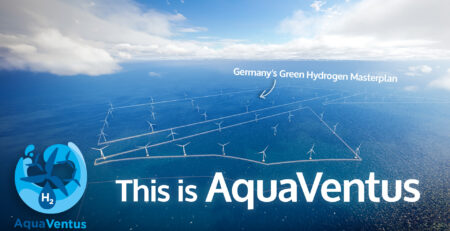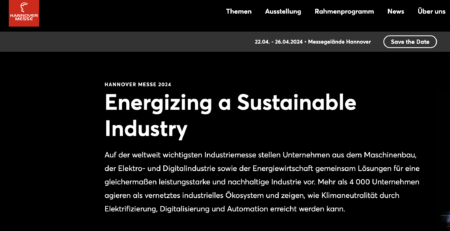The membership of the initiative continues to grow, showing broad possibilities for development
Helgoland/ Berlin – The vision continues to grow: The North Sea offers potential for up to 1.3 million tons of hydrogen production per year, a recent study commissioned by the Offshore Wind Energy Foundation found. “This is a gratifying confirmation of our project and shows the practical feasibility of our goals and the great potential for domestic offshore production of hydrogen,” says Jörg Singer, chairman of the board of the AquaVentus sponsoring association and mayor of Helgoland. Large sections of international industry and business also see this potential. Six organizations joined the initiative in September 2021: the large-diameter pipe manufacturer EUROPIPE, the innovation companies Empit and FutureOn, the international consulting firm ERM, the Japanese trading company Marubeni and the district of Pinneberg.
Reinforcement for large lines
Europe’s leading large-diameter pipe manufacturer, EUROPIPE, joins AquaVentus. The joint venture of Salzgitter AG and AG der Dillinger Hüttenwerke specializes in longitudinally welded pipes for onshore and offshore pipelines and gas tube storage facilities. With its membership in AquaVentus, EUROPIPE aims to drive a sustainable hydrogen economy. Dr. Christoph Kalwa, Senior Manager Services/Pre Sales, confirms: “Green hydrogen from wind energy will contribute to a continuous energy supply for industry from environmentally friendly generation. For us, AquaVentus stands for a reliable sustainability solution from Germany, to which we want to contribute to a safe landing of hydrogen by pipeline.”
Innovations in the bag – electromagnetic pipeline monitoring and digital twins
The two innovation drivers EMPIT and FutureON are new to the event. EMPIT GmbH, based in Berlin, offers non-invasive inspection of non-piggable and difficult-to-inspect pipelines. The current magnetometry (CMI) method developed by EMPIT enables the contactless condition detection of buried pipelines as well as the simultaneous measurement of 3D position, geometry and cover. Possible defects in the pipe inner and outer walls are detected in order to obtain a more precise statement about the remaining service life of the pipes.
Hydrogen pipelines pose particular challenges for operators. The EMPIT process can help to securely shape the transformation path in the energy transition.
The Norwegian company FutureOn is similarly inventive. The globally active software company specializes in the requirements of the energy industry. Among other things, it has developed the award-winning SAAS field design application, FieldTwin Design, and the API-oriented colla-boration platform, FieldTwin. Darrell Knight, Executive Vice President of Strategy and Partnerships, is excited about joining AquaVentus: “We are proud to be part of this important initiative and we look forward to working together in the future to develop groundbreaking solutions for the energy transition.”
Expertise in sustainable technologies, international trade and management
The global consulting firm ERM (Environmental Resources Management) has always been oriented towards sustainability solutions. It advises industrial companies, globally and regionally, as well as selected institutions and authorities, among others, in the areas of environmental protection, health and occupational safety, risk management and social issues. By combining in-depth technical knowledge and on sustainability issues with strategic business consulting, ERM offers innovative business solutions. ERM employs more than 5,500 people in over 40 countries and regions, working in more than 160 offices.
Together with Simply Blue Energy and AuqaVentus member Subsea 7, ERM is involved in the Dolphyn project. The project is developing the world’s first prototype of a floating wind turbine with a built-in electrolyzer. The Dolphyn concept was developed by ERM. The company is also explicitly committed to the UN Sustainable Development Goals and the World Business Council for Sustainable Development. ERM underlines this aspect with its membership in AquaVentus.
AquaVentus is also pleased about the renewed growth from Japan. Marubeni Corporation, a global trading company headquartered in Tokyo, serves a wide range of trades, including lifestyle, real estate, food, forest products, chemicals, metals and minerals, energy, power trading, machinery, mobility and infrastructure, the airline industry, and ships. In addition, the company is committed to becoming carbon neutral by 2050 and wants to actively promote a decarbonized society. Green hydrogen, Marubeni said, will play a key role in any decarbonization plans. The company wants to bring the experience gained from its hydrogen projects to AquaVentus to support the initiative’s efforts.
Locally, AquaVentus receives support from the most populous district in Schleswig-Holstein: the district of Pinneberg, to which Helgoland belongs, joins the initiative. The goal of the Pinneberg district is to achieve the national climate protection goals with its own active contributions. Hydrogen is a promising energy carrier of the future and plays a key role in the energy and mobility transition. “By joining AquaVentus, the Pinneberg district is supporting a future project for climate protection, the region and the possibility of further developing a climate-neutral west coast. This makes the region more attractive as a business location. Hydrogen technology is also about sustainable jobs and new value creation potential,” says District Administrator Elfi Heesch.


